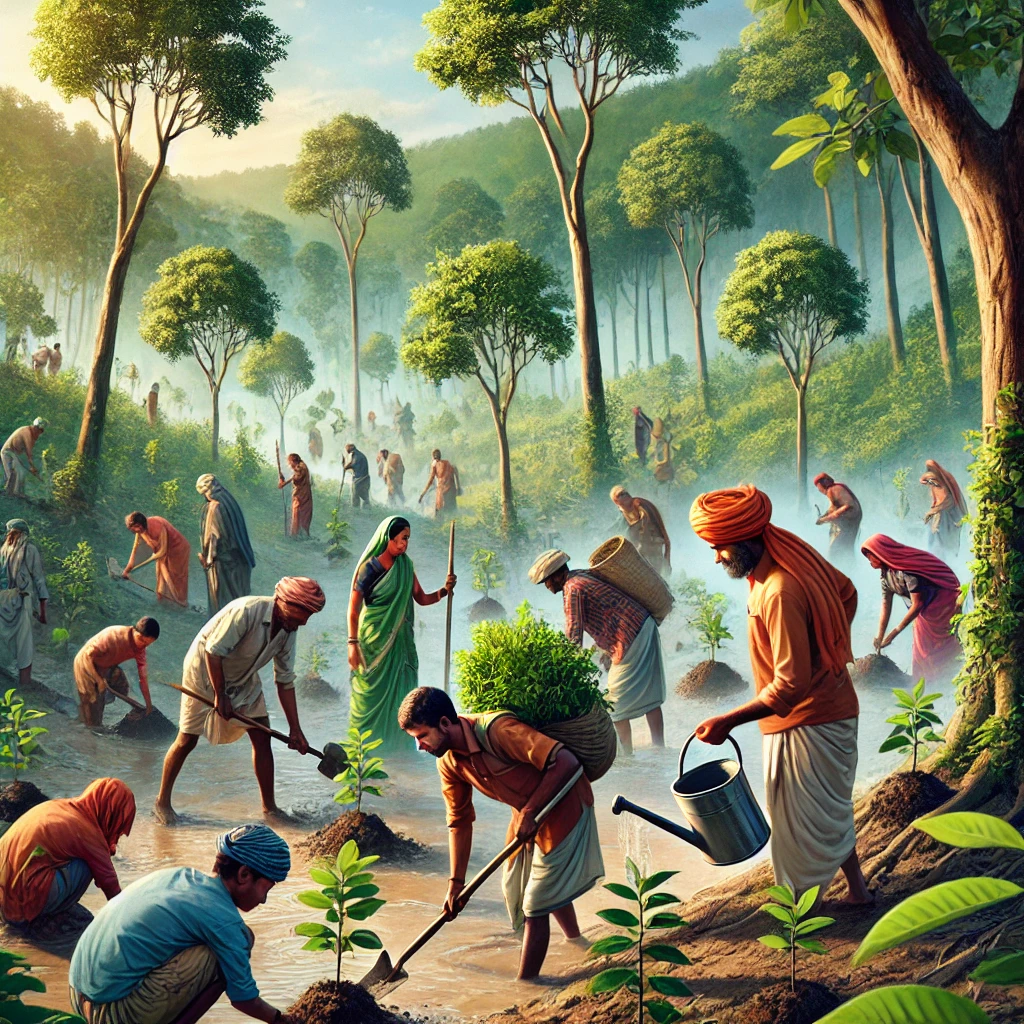Vedic texts are ancient scriptures originating from the early Indian subcontinent, forming the cornerstone of Hinduism. The texts are composed in the sacred language of Sanskrit. These texts date back to around 1500 BCE to 500 BCE. They are admired for their profound spiritual, philosophical, and ritualistic content. The Vedic literature includes four principal collections: the Rigveda, Samaveda, Yajurveda, and Atharvaveda. Each serves distinct purposes in the religious and societal practices of Vedic culture.
The Rigveda, the oldest of these texts, is a compilation of hymns dedicated to various deities. They reflect the early Indo-Aryan beliefs and cosmology. The Samaveda focuses on musical chants and their application in rituals. The Yajurveda consists of prose mantras used in sacrificial ceremonies. The Atharvaveda, distinct in its nature, includes hymns, spells, and incantations aimed at everyday life, addressing health, protection, and prosperity.
Vedic texts offer invaluable insights into the early socio-political structures, economy, and daily life of ancient India. They provide a window into the philosophical inquiries and metaphysical speculations that have shaped Indian thought for millennia. Studying these texts enhances our understanding of early Indian civilization. It also enriches contemporary perspectives on spirituality and human existence.
There mainly two types of Vedic Texts:
- Shruti Literature: The term ‘Shruti’ in Shruti literature means “that which is heard.” Shruti Literature refers to the texts that are divine. Scholars consider these texts to be the primary source in Hinduism. Hindus regard Shruti Literature as the eternal source of their religion, and it includes the Vedas, Brahmanas, Aranyakas, and Upanishads.
- Smriti Literature: The term ‘Smriti’ in Smriti Literature means ‘that which is remembered.’ Smriti Literature refers to the texts that sages derive from human memory and compose. People consider these texts secondary to Shruti Literature. Authors mainly wrote Smriti Literature in the Post-Vedic era. It may change over time and it includes Vedanga, Shad darshana, Puranas, Itihasa, Upveda, Tantras, Agamas, Upangas.

Vedas
Vedas are a collection of hymns, prayers, rituals, and religious doctrines. There are four Samhitas of vedas:
- Rigveda: The oldest of the Vedas, consisting of hymns dedicated to various deities.
- Samaveda: Primarily composed of hymns from the Rigveda, set to music for chanting.
- Yajurveda: Contains prose mantras used in rituals and sacrificial ceremonies.
- Atharvaveda: Includes hymns, spells, and chants dealing with daily life and rituals.

Brahmanas
Brahmanas are the prose texts that explain the Samhitas and elaborate on the rituals written in the Samhitas. The Brahmanas are crucial in Vedic texts because they explain the symbolism and give scientific explanations of the Vedic Texts. The Brahmans contain detailed descriptions of the performance of rituals, their significance, and the stories behind them.
Each Veda has one or more Brahmana associated with it. There are less than twenty Brahmanas still in existence. People consider the Brahmanas controversial in nature. Authors probably wrote them years after several years of oral recitation. Experts date the oldest Brahmana to about 900 BCE, while they date the youngest to around 700 BCE.
Aryankas
Aryankas are a part of Vedic texts that act as a bridge between the Samhitas and the Upanishads. People also know them as forest books. They were studied in a forest, away from the village by people who had retired from ordinary life to pursue spiritual knowledge.
The Aryankas play a crucial role in the progress of the Vedic texts. They reflect a stage of change in Hinduism. A shift from the ritualistic focus of Brahmanas to the philosophical thoughts of Upanishads. Understanding the Aranyakas provides information about the spiritual practices and philosophical explorations of ancient Vedic society.
Upanishads
Upanishads are the philosophical texts that explore the nature of reality, the self (Atma), and the ultimate truth (Brahman). They focus on meditation, morality, and spiritual knowledge. The Upanishads were written between 800 BCE and the end of the Vedic period.
There are a total of 108 Upanishads. 13 Upanishads are important. The Upanishads mainly contain philosophical concepts of Sacrifice, Body, and Universe.
Conclusion
The study of Vedic texts holds significant relevance for UPSC aspirants. It provides a profound understanding of India’s ancient cultural and philosophical heritage. The texts offer insights into early societal structures, governance, and the foundational principles of Dharma and ethical conduct, which continue to influence modern Indian polity and jurisprudence. A thorough understanding of Vedic literature aids in developing analytical and critical thinking skills, essential for various stages of the UPSC examination. Moreover, it enriches the aspirant’s perspective on the continuity and evolution of Indian civilization, enabling a more nuanced approach to topics related to history, culture, and ethics, thereby enhancing overall preparedness and competence for the exam.
| Vedic Texts UPSC Notes |
| 1. The Vedic texts are the oldest sacred scriptures of Hinduism, composed in Sanskrit between 1500 and 500 BCE, forming the foundation of Vedic culture. 2. The Vedic literature is classified into four main categories: the Samhitas, the Brahmanas, the Aranyakas, and the Upanishads, each serving different purposes. 3. The Samhitas are collections of hymns and mantras, with the Rigveda, Samaveda, Yajurveda, and Atharvaveda being the four primary texts. 4. The Brahmanas are prose texts that explain the rituals and ceremonies described in the Samhitas, providing guidelines for their performance. 5. The Aranyakas, also known as “forest treatises,” serve as a bridge between the ritualistic Brahmanas and the philosophical Upanishads, focusing on meditation and symbolism. 6. The Upanishads are philosophical texts that explore spiritual knowledge and concepts like Brahman (universal soul) and Atman (individual soul), emphasizing self-realization. 7. The Vedic texts collectively cover various aspects of life, including cosmology, philosophy, rituals, ethics, and social norms, reflecting the spiritual and intellectual pursuits of ancient India. 8. The preservation and transmission of Vedic knowledge were primarily oral, passed down through generations by specialized families known as the Vedic rishis (sages). |

